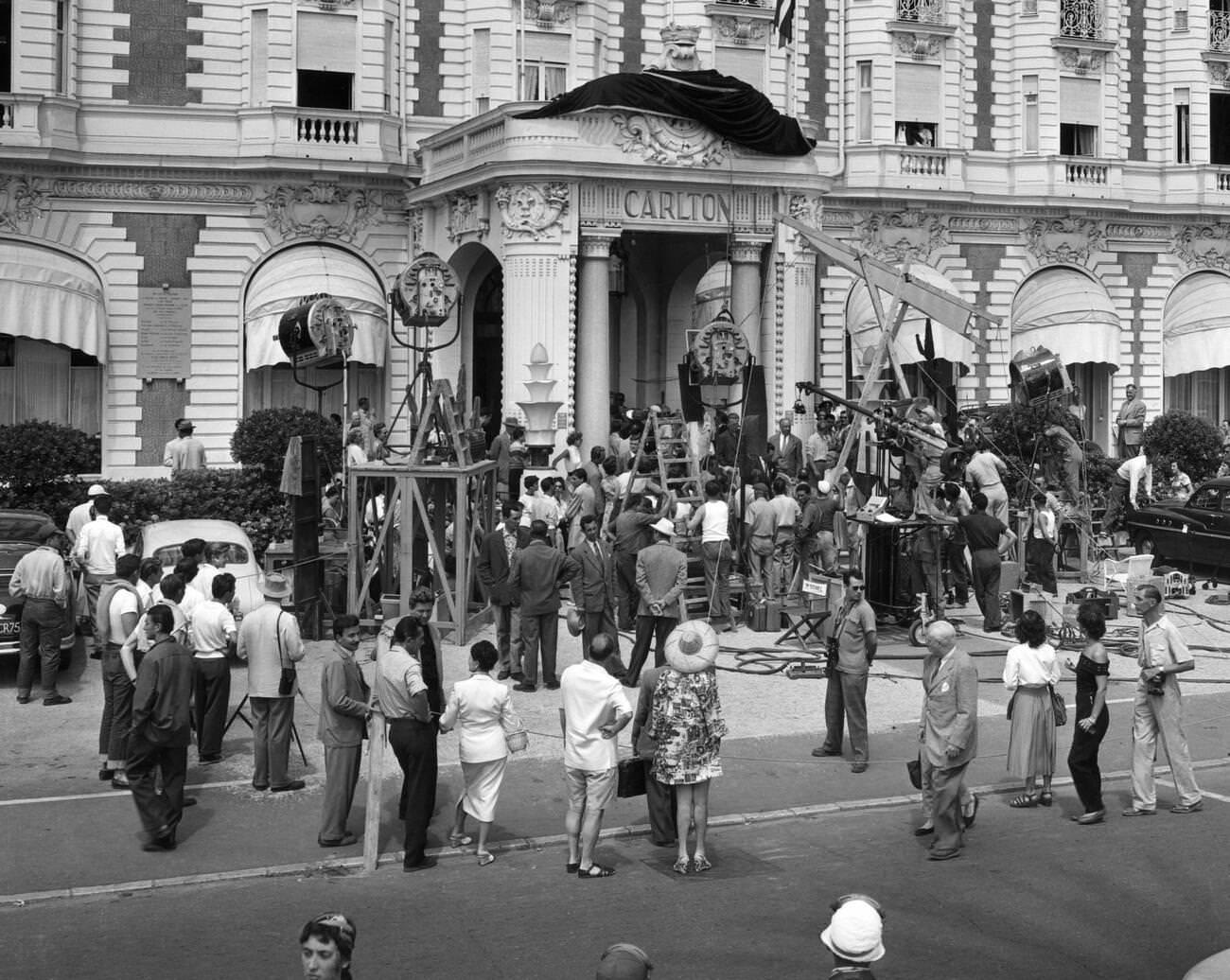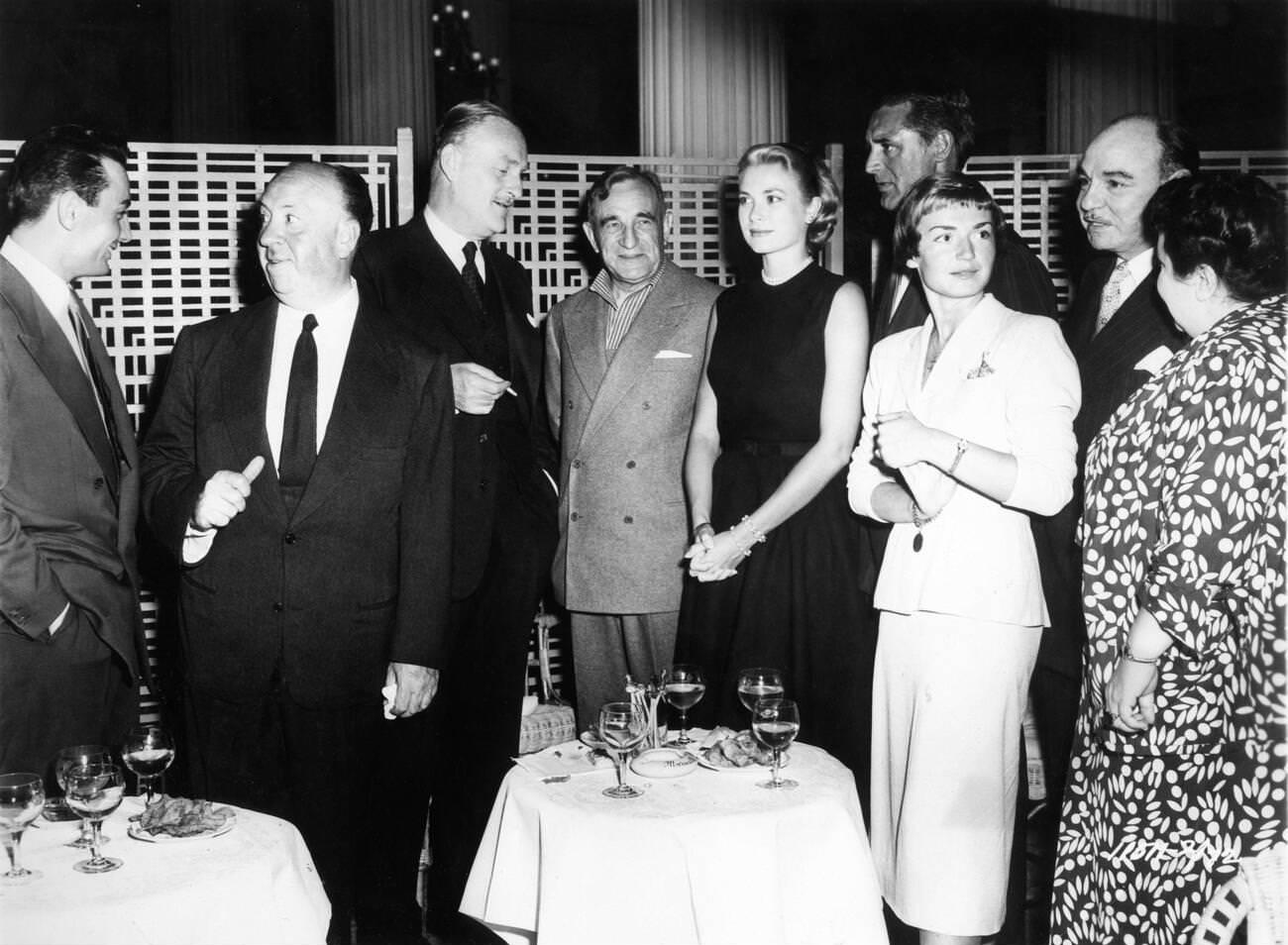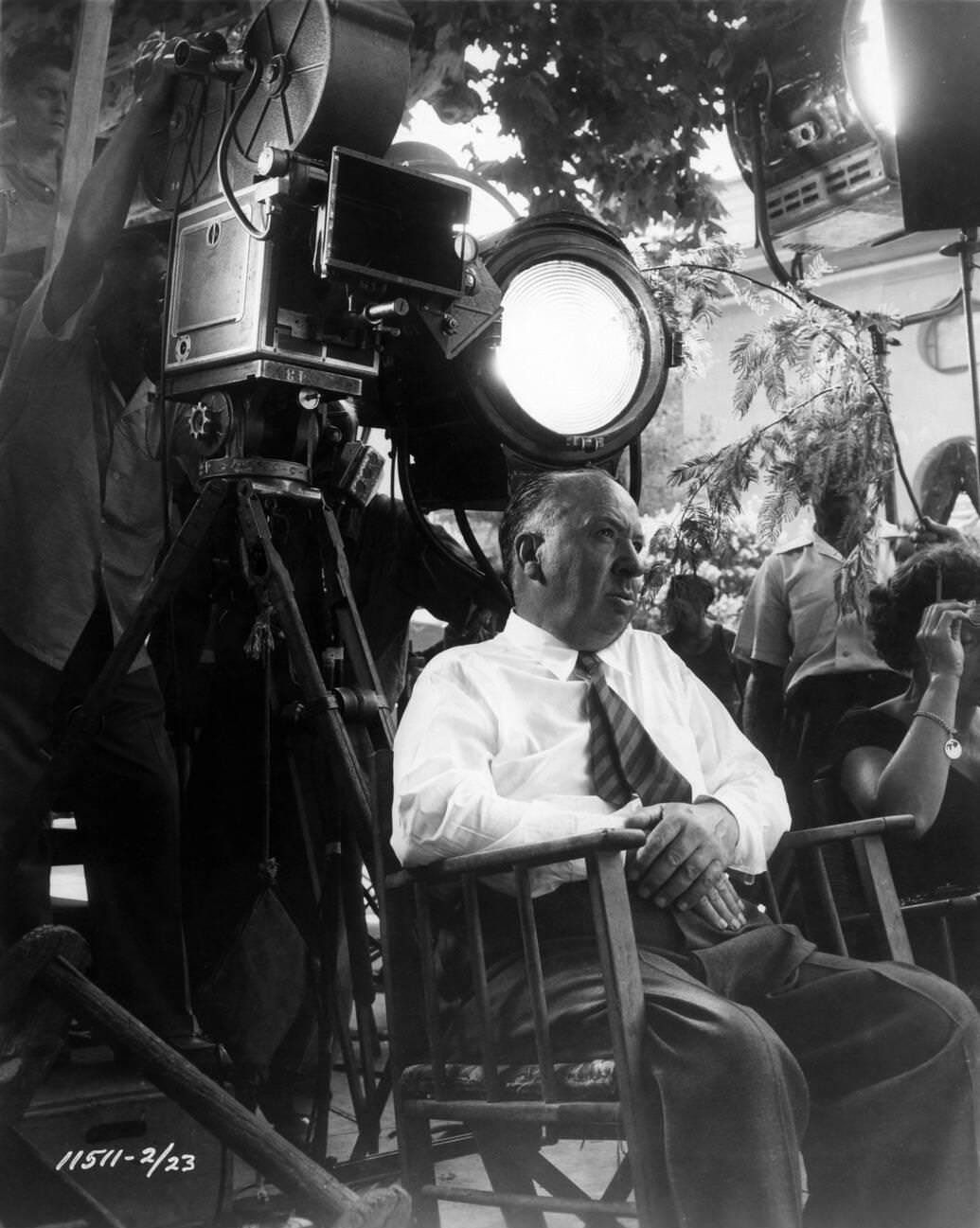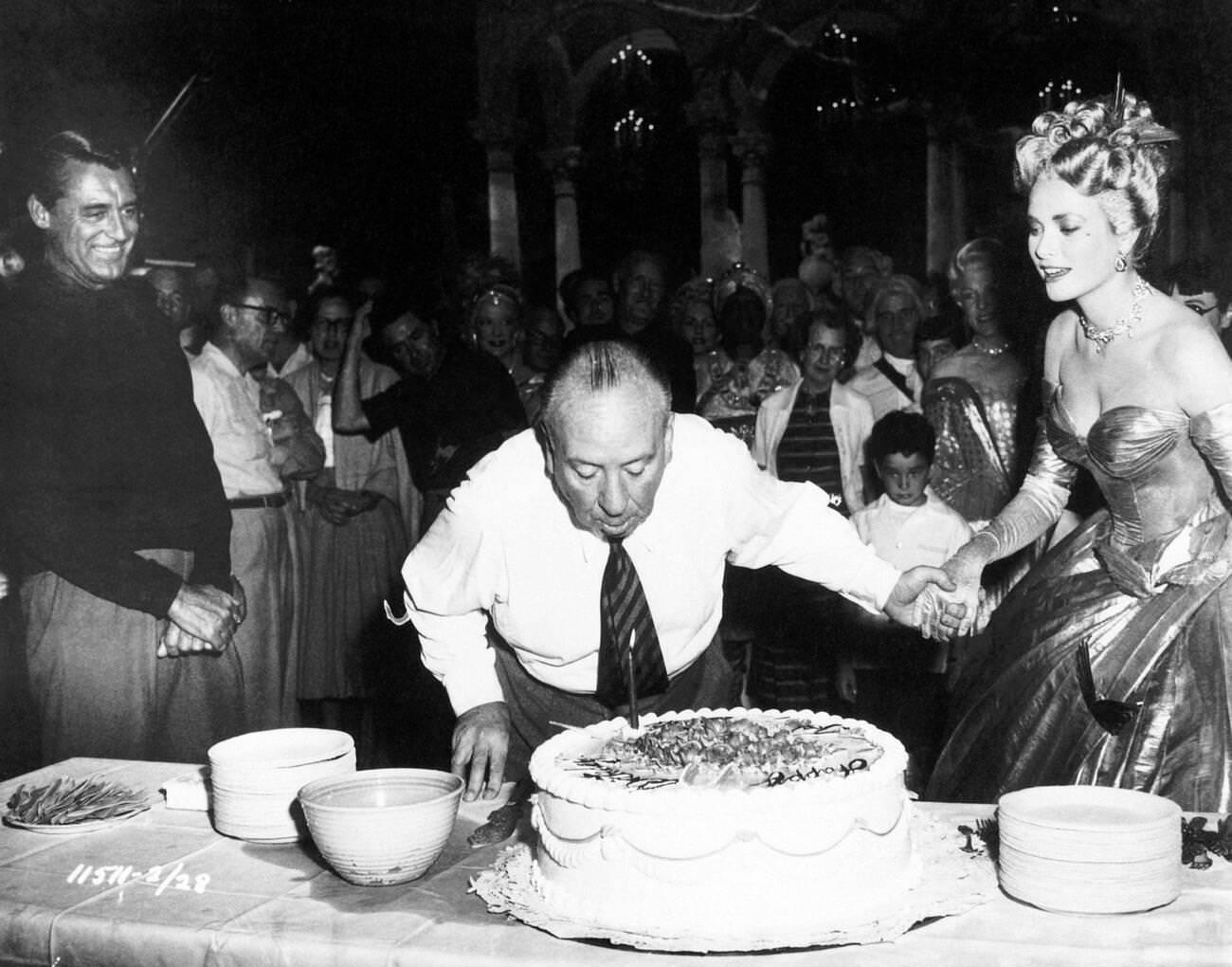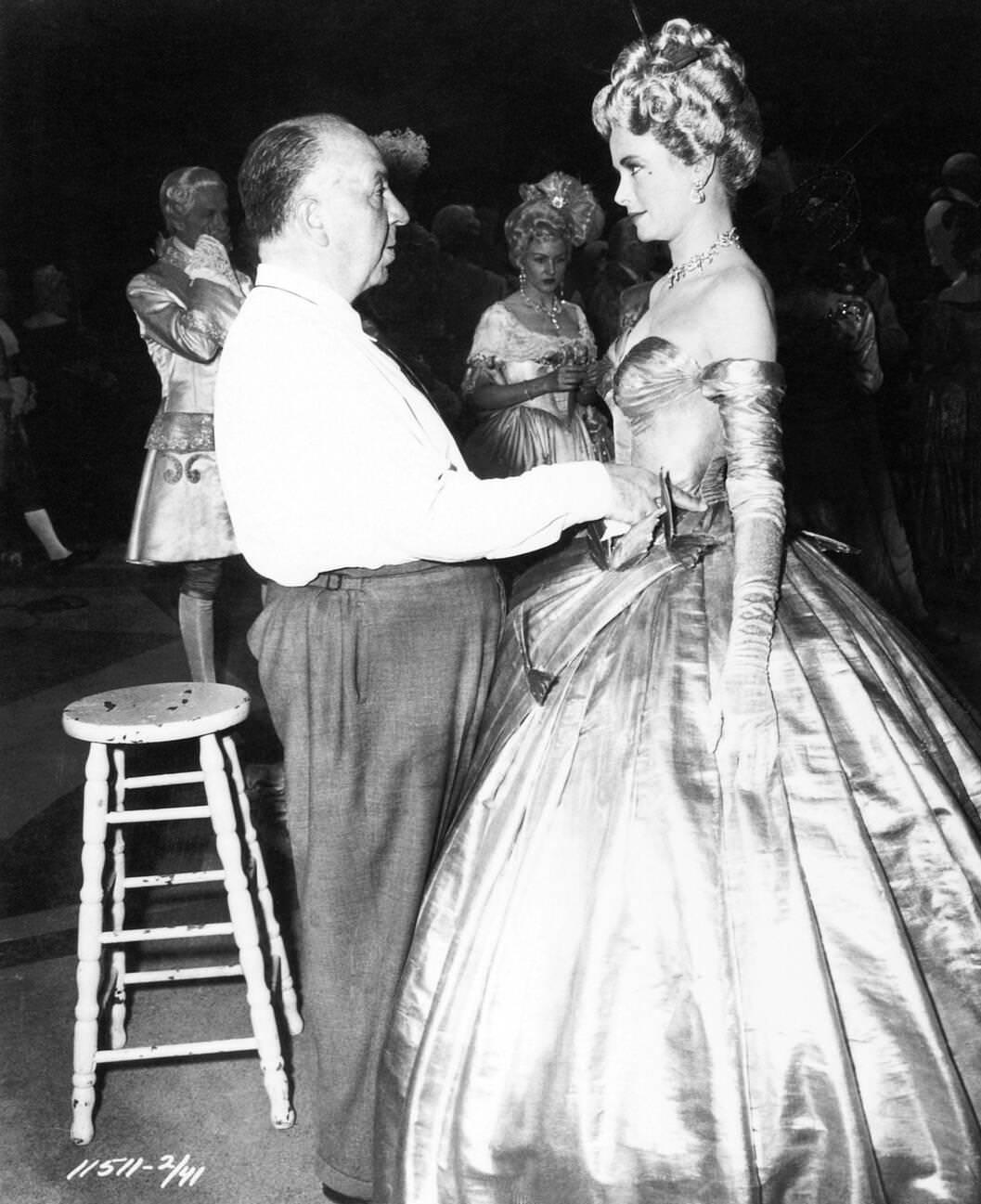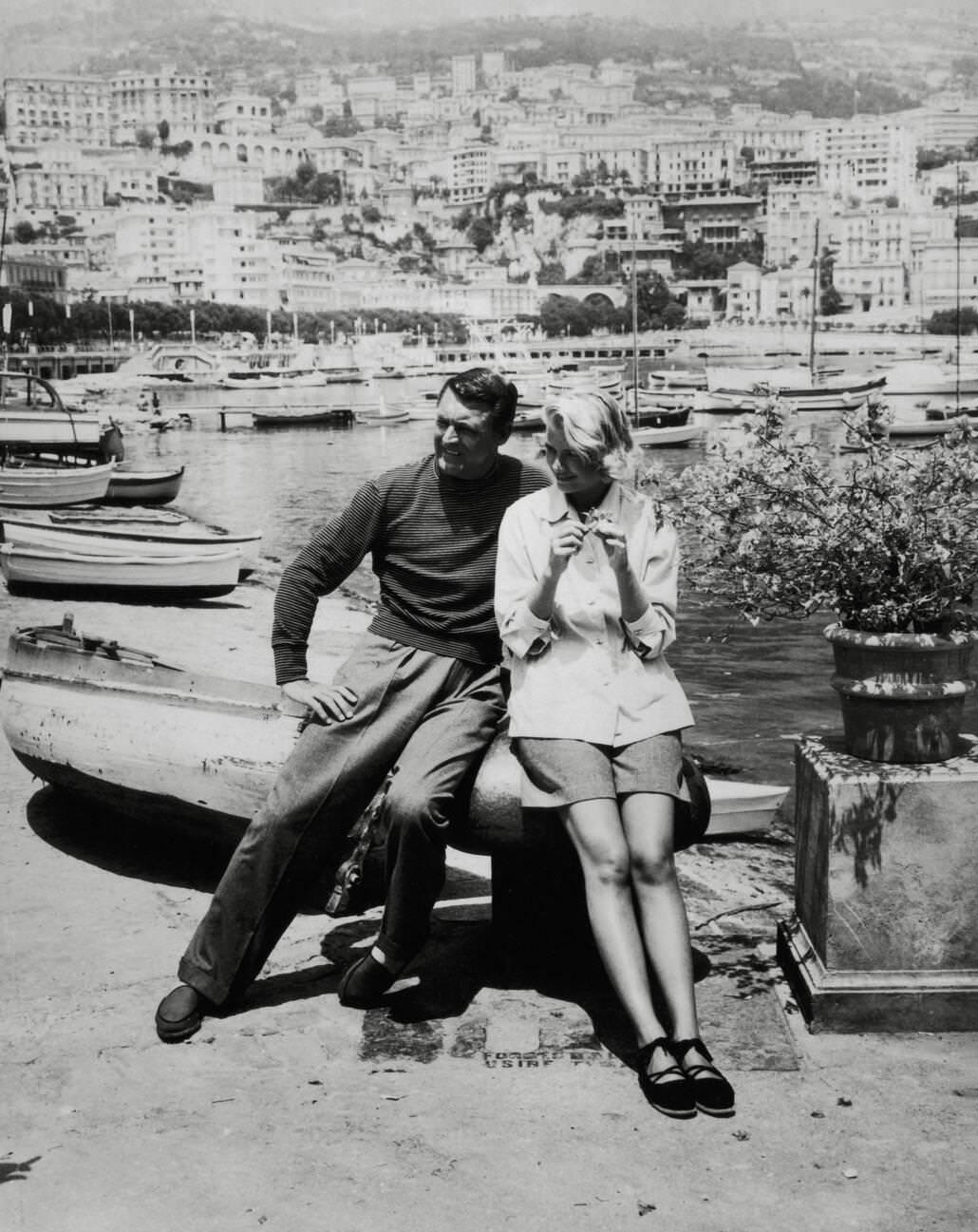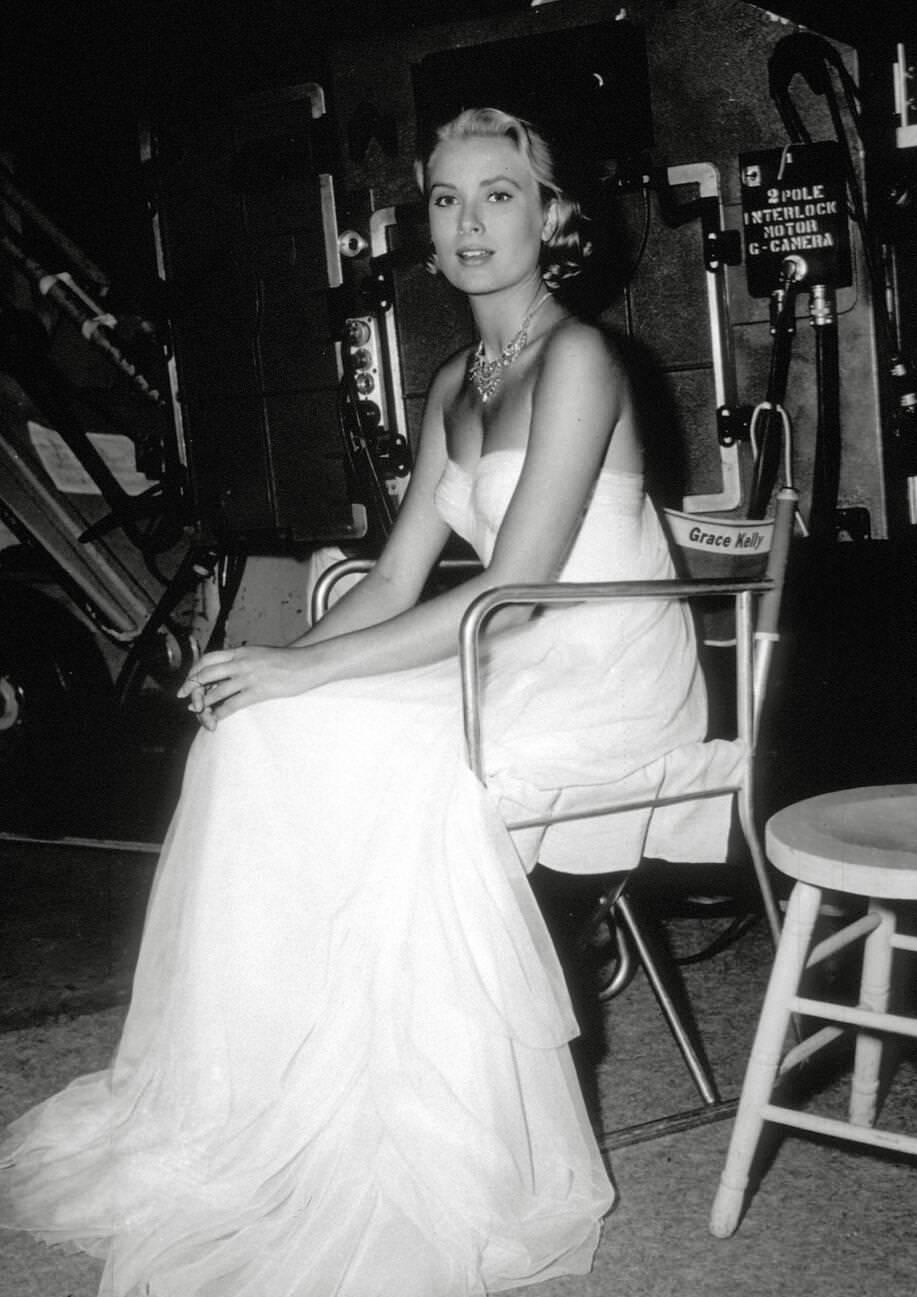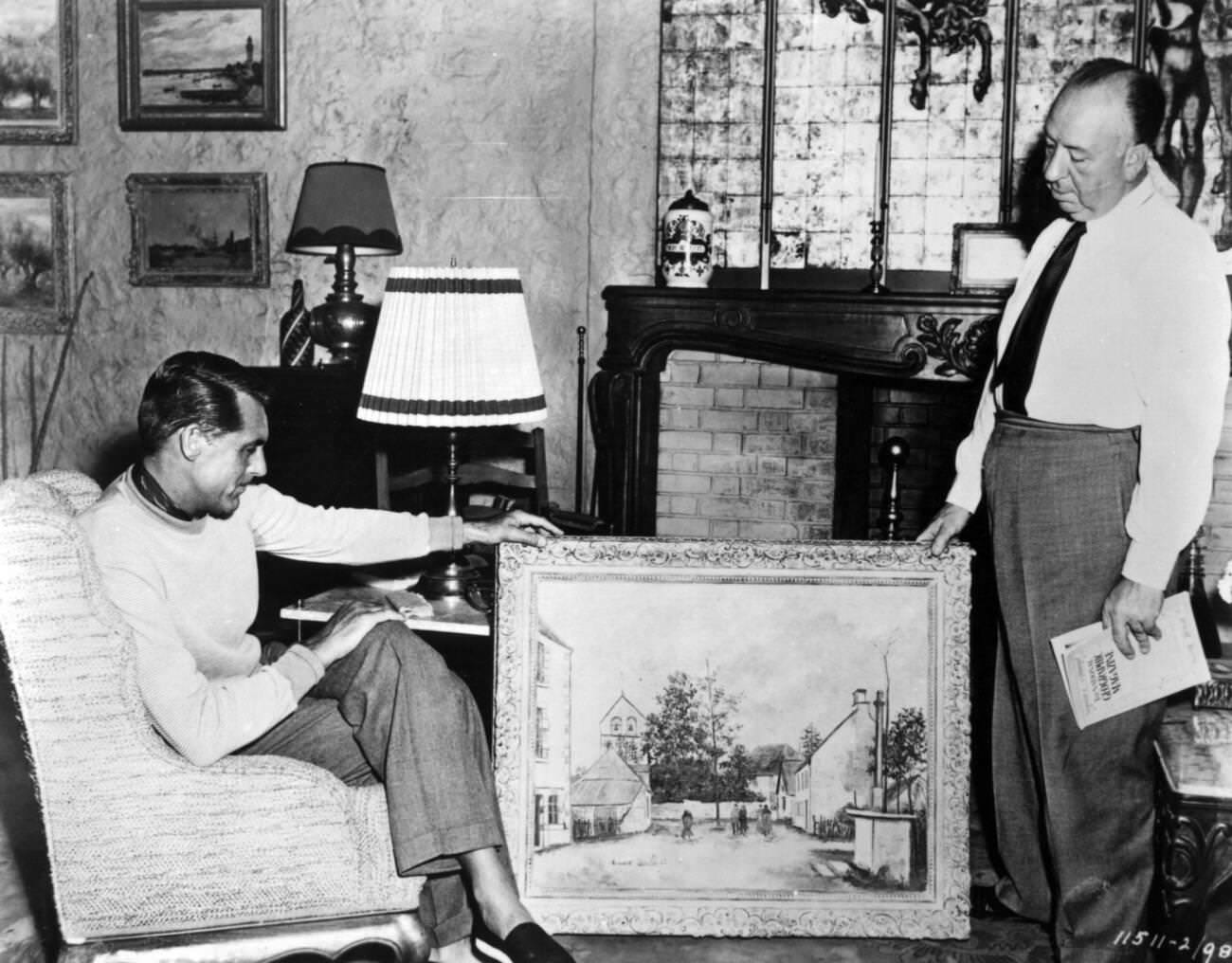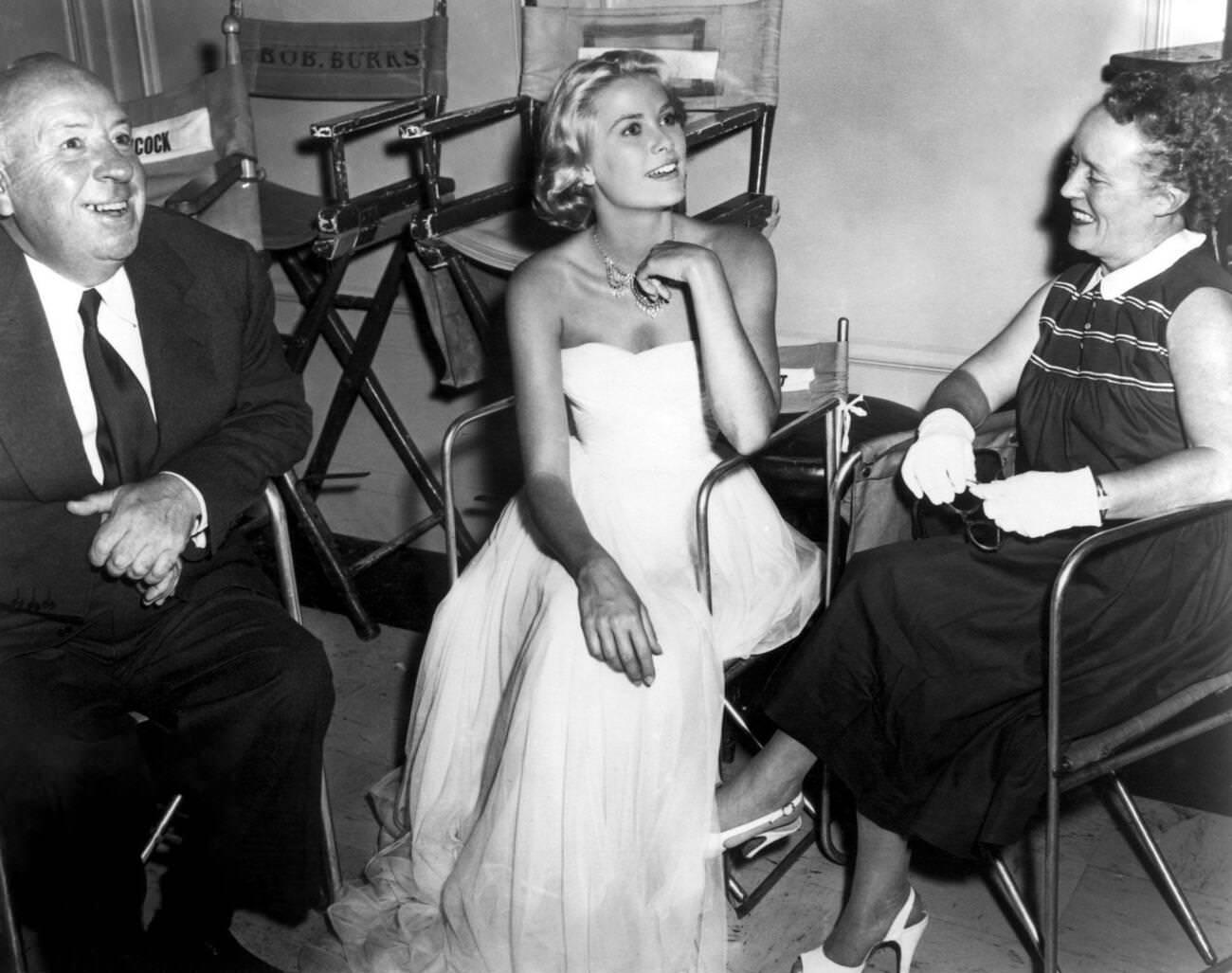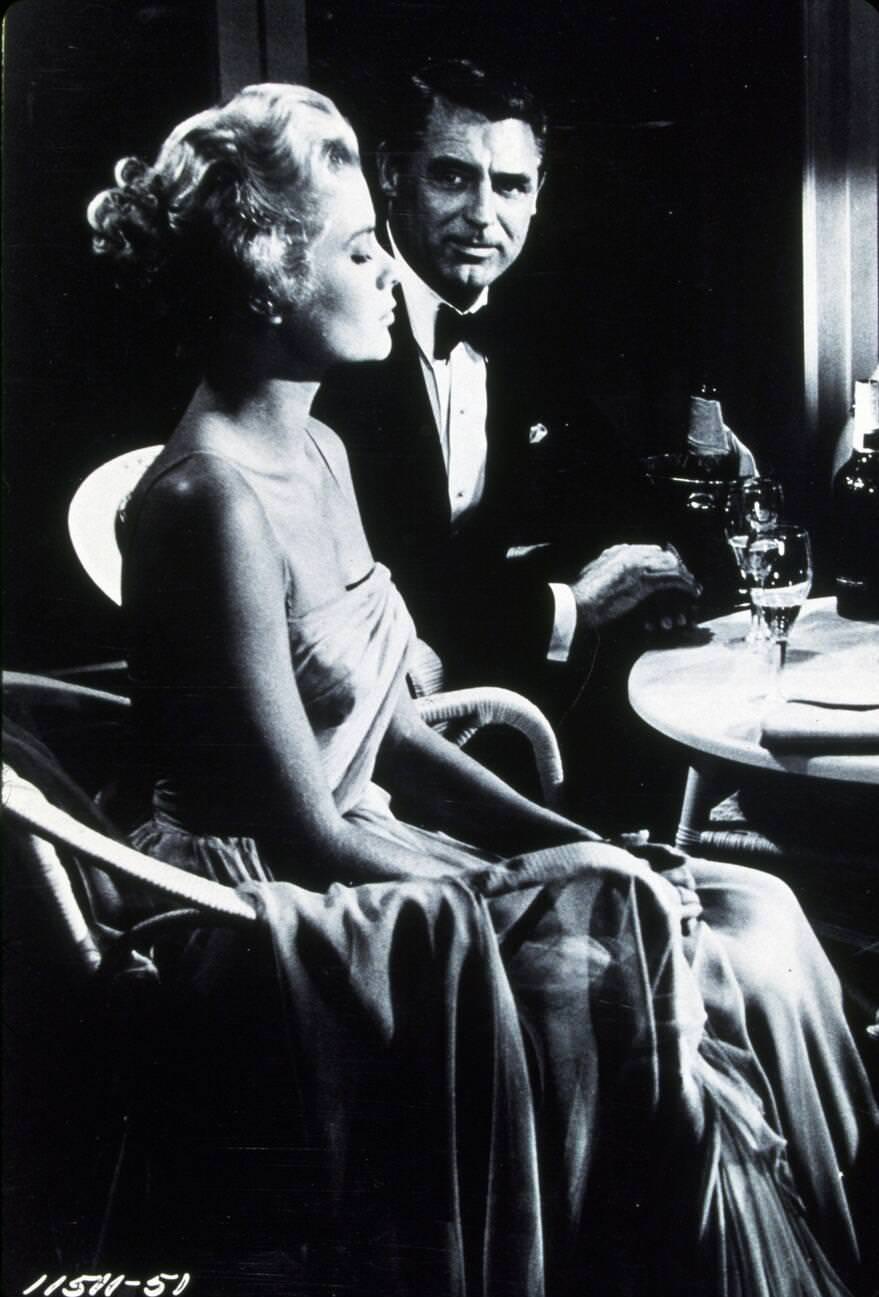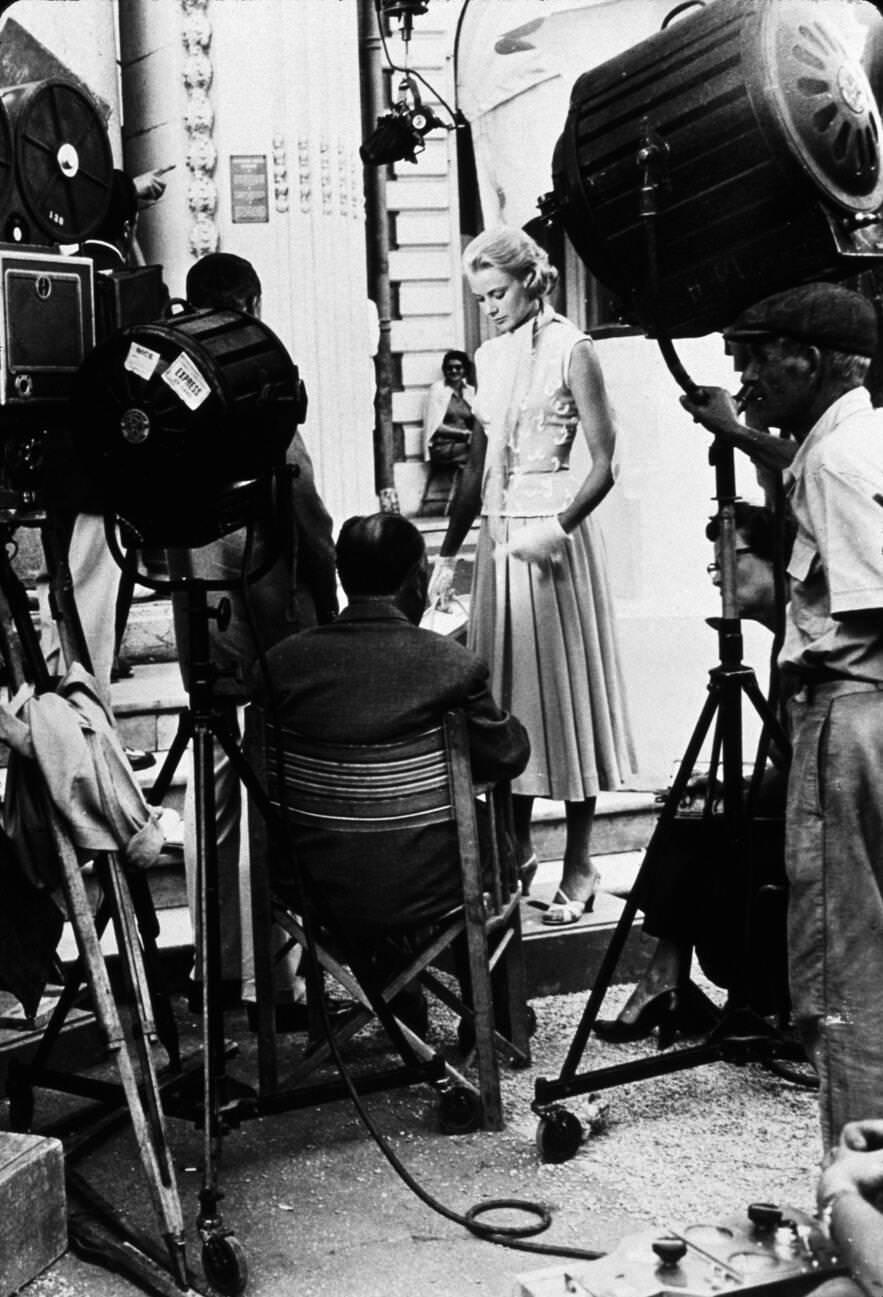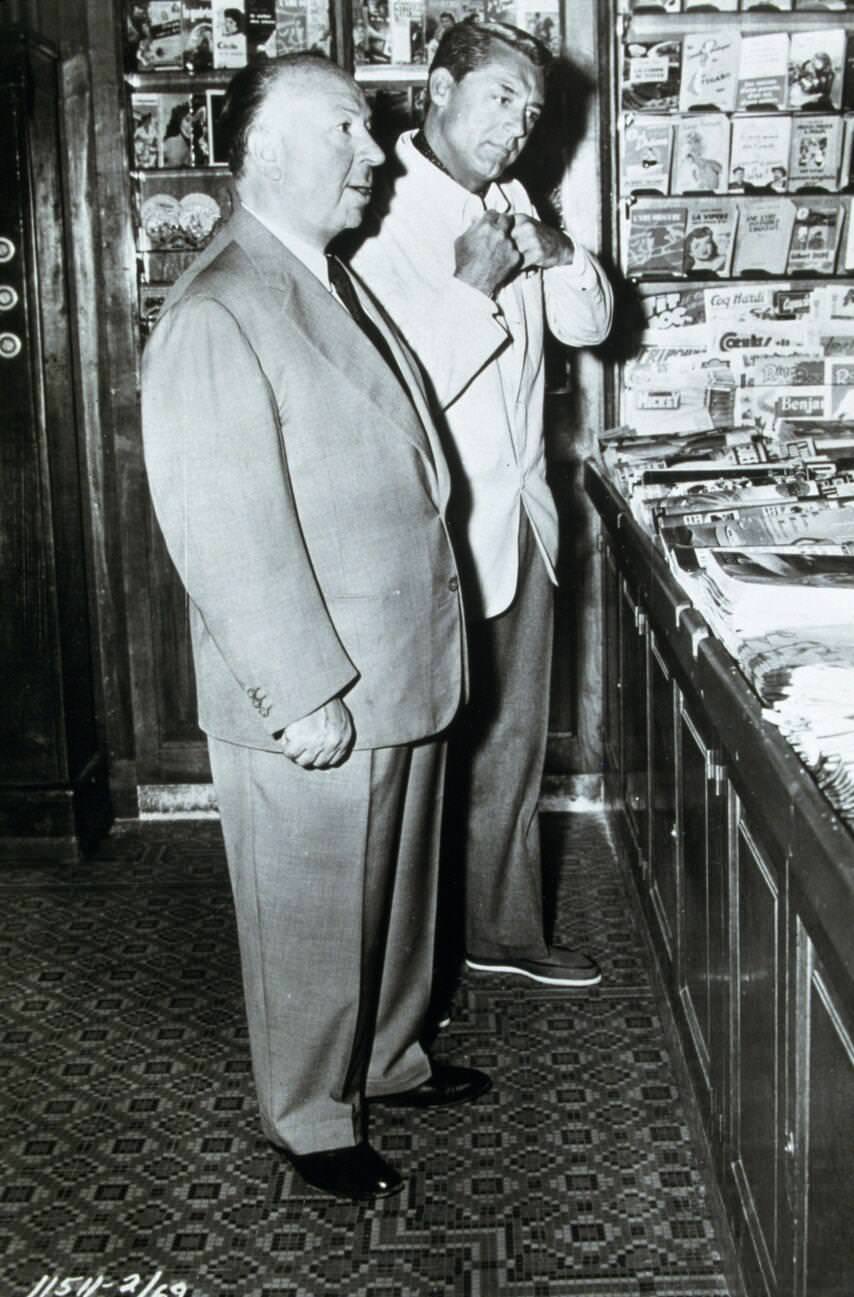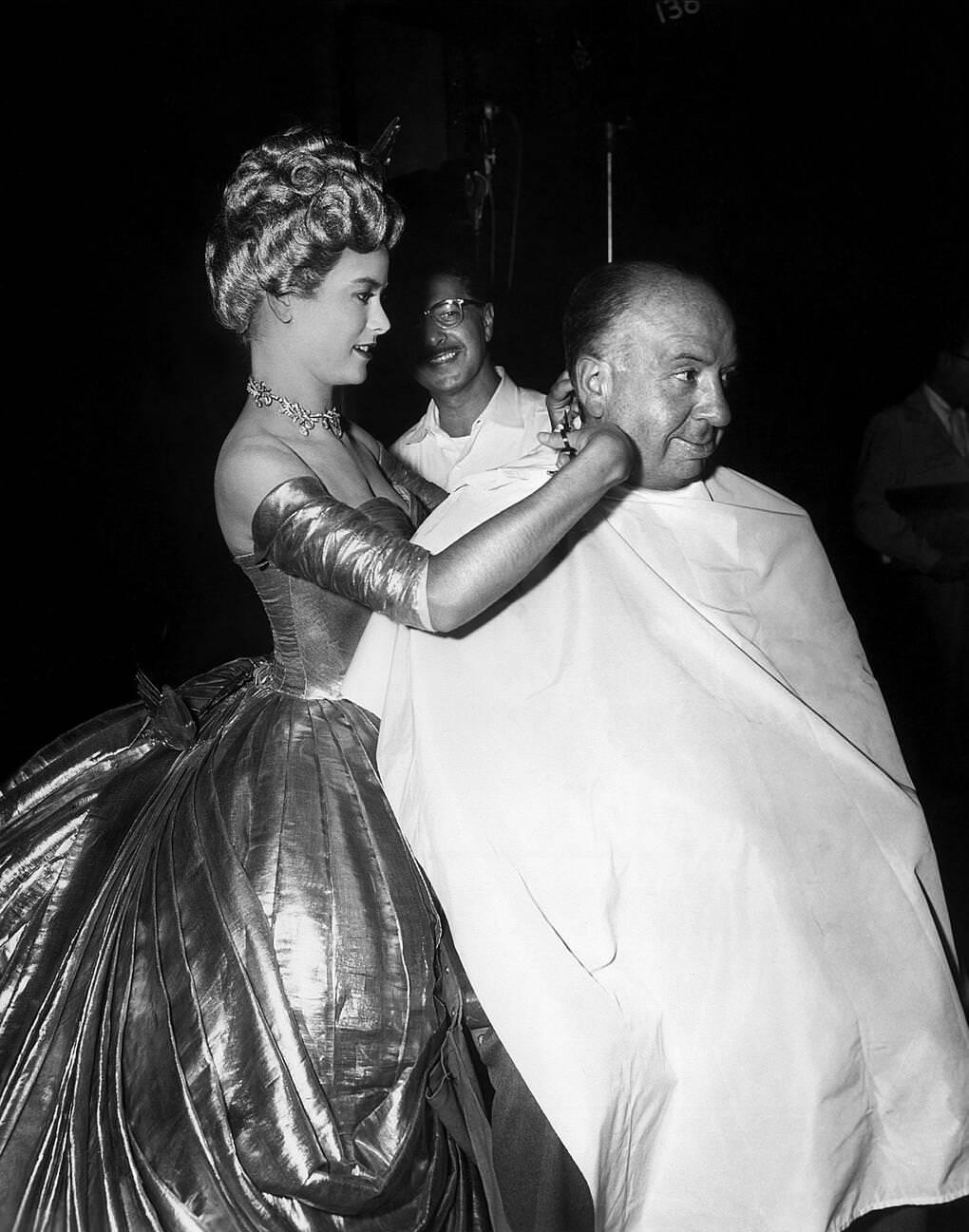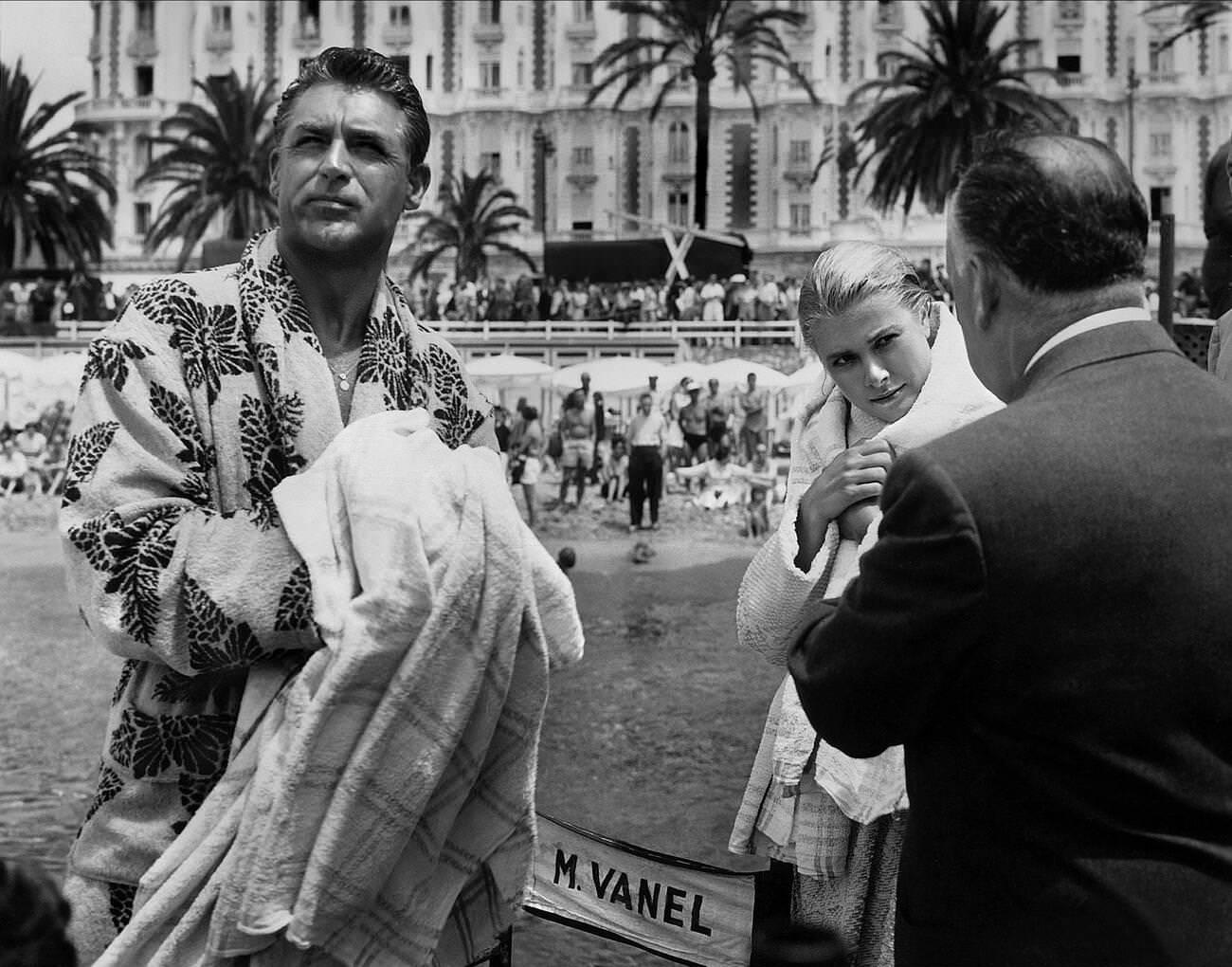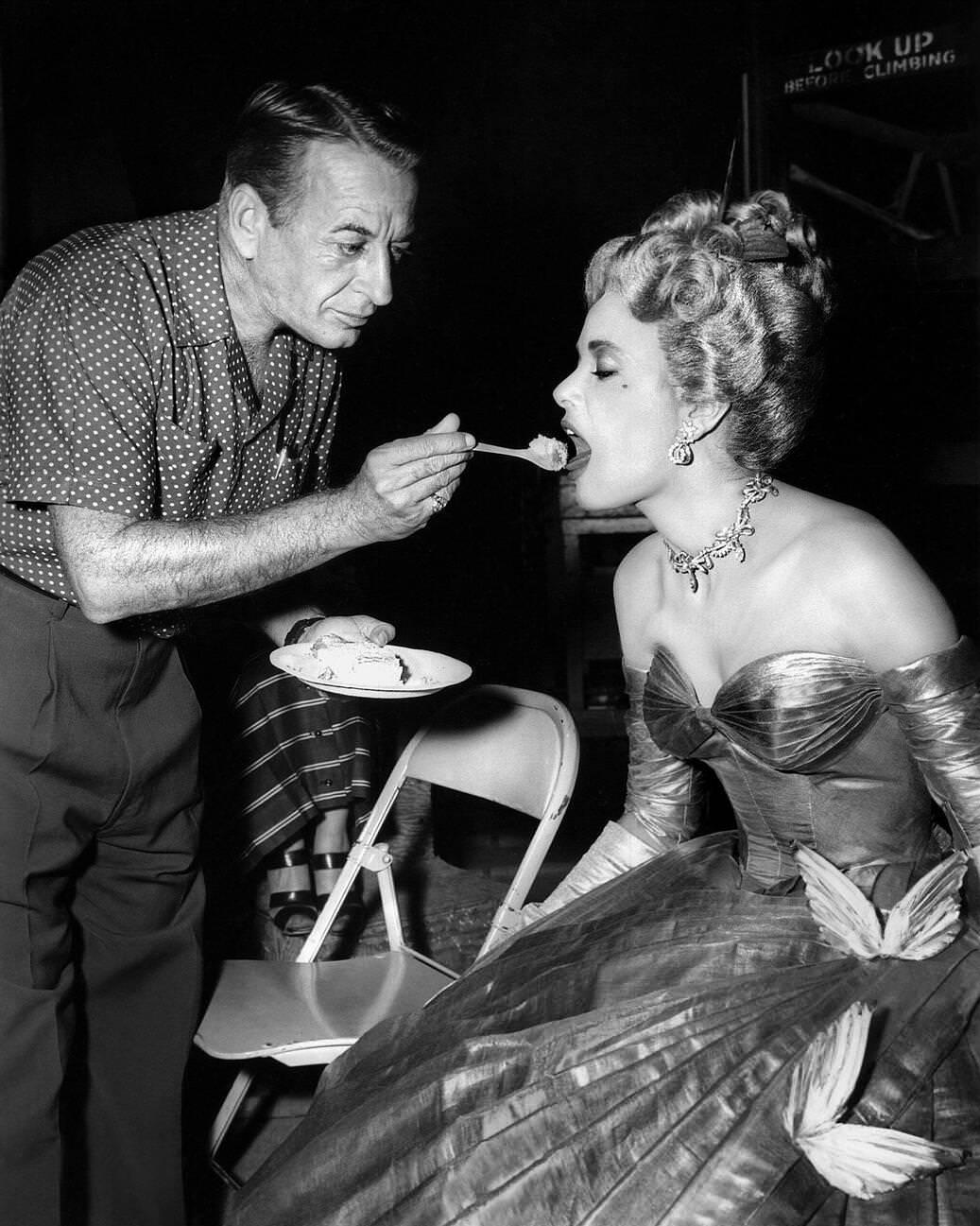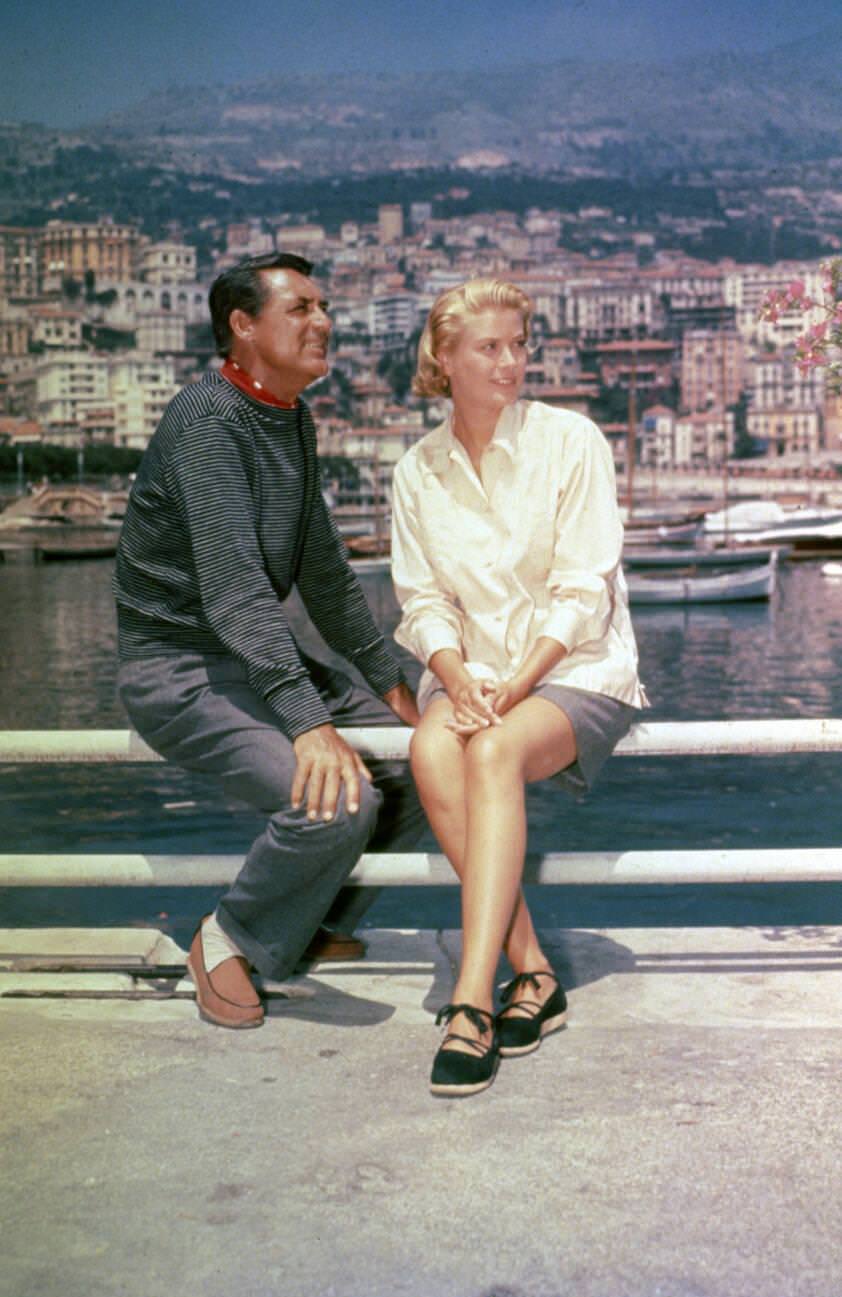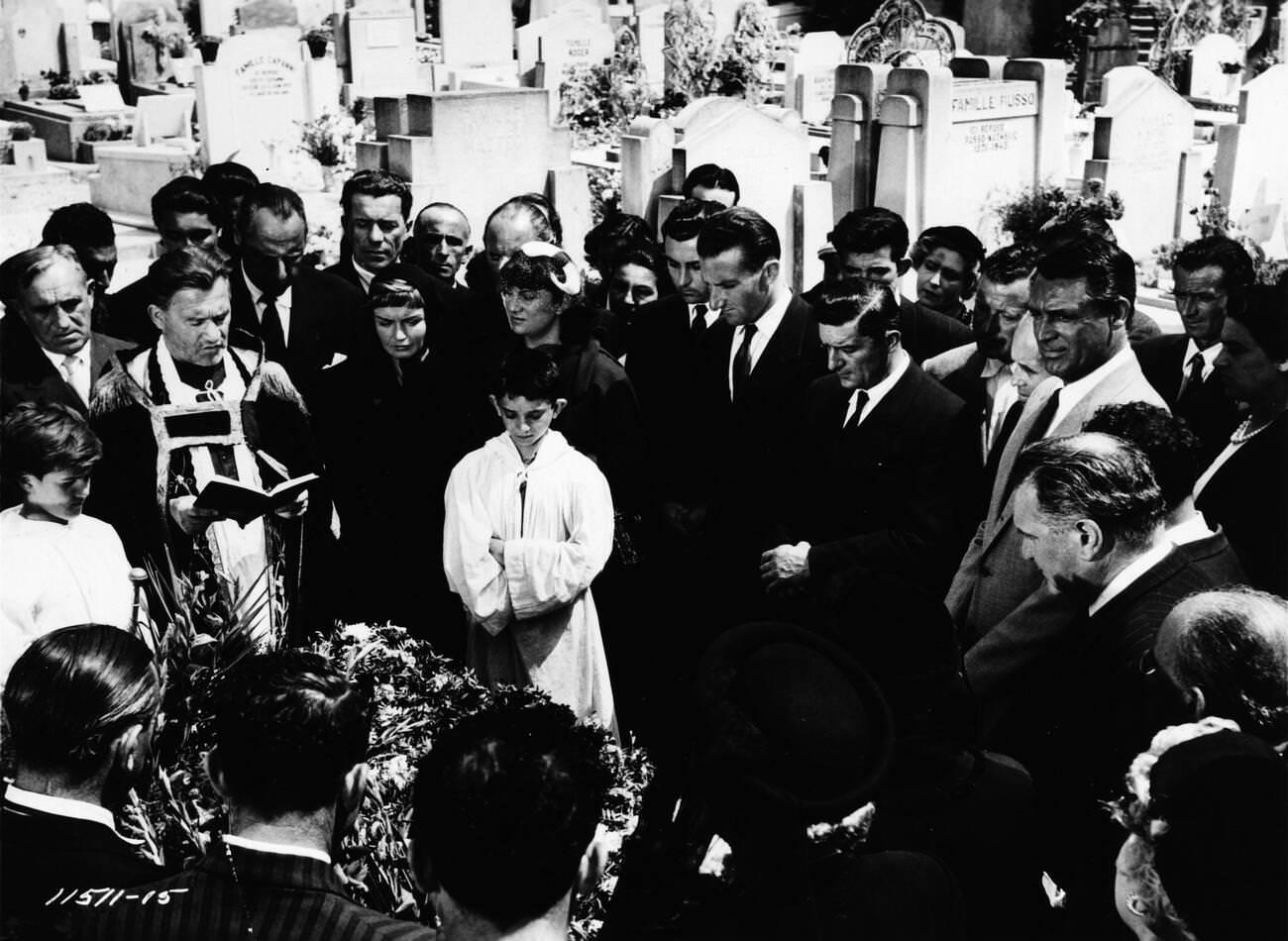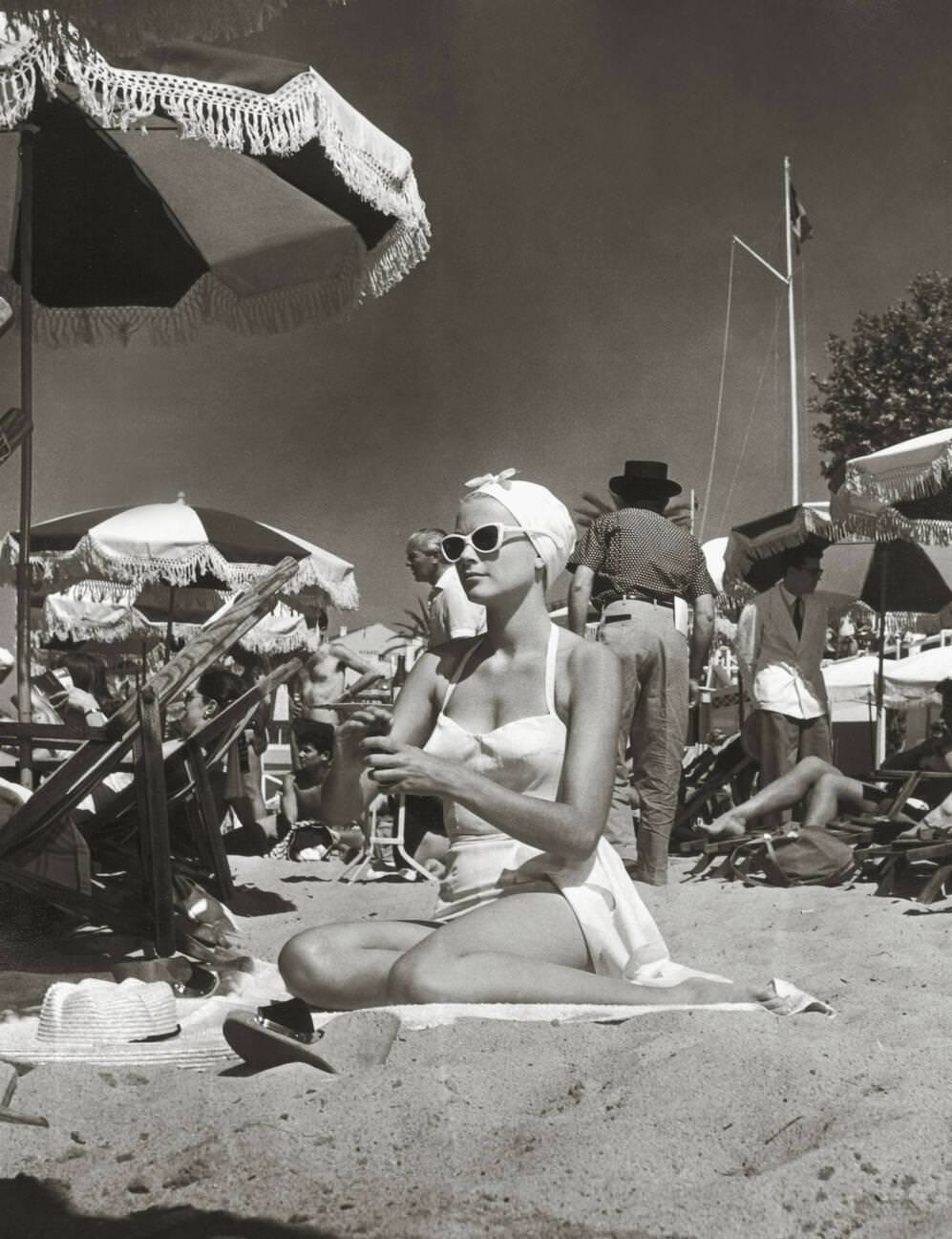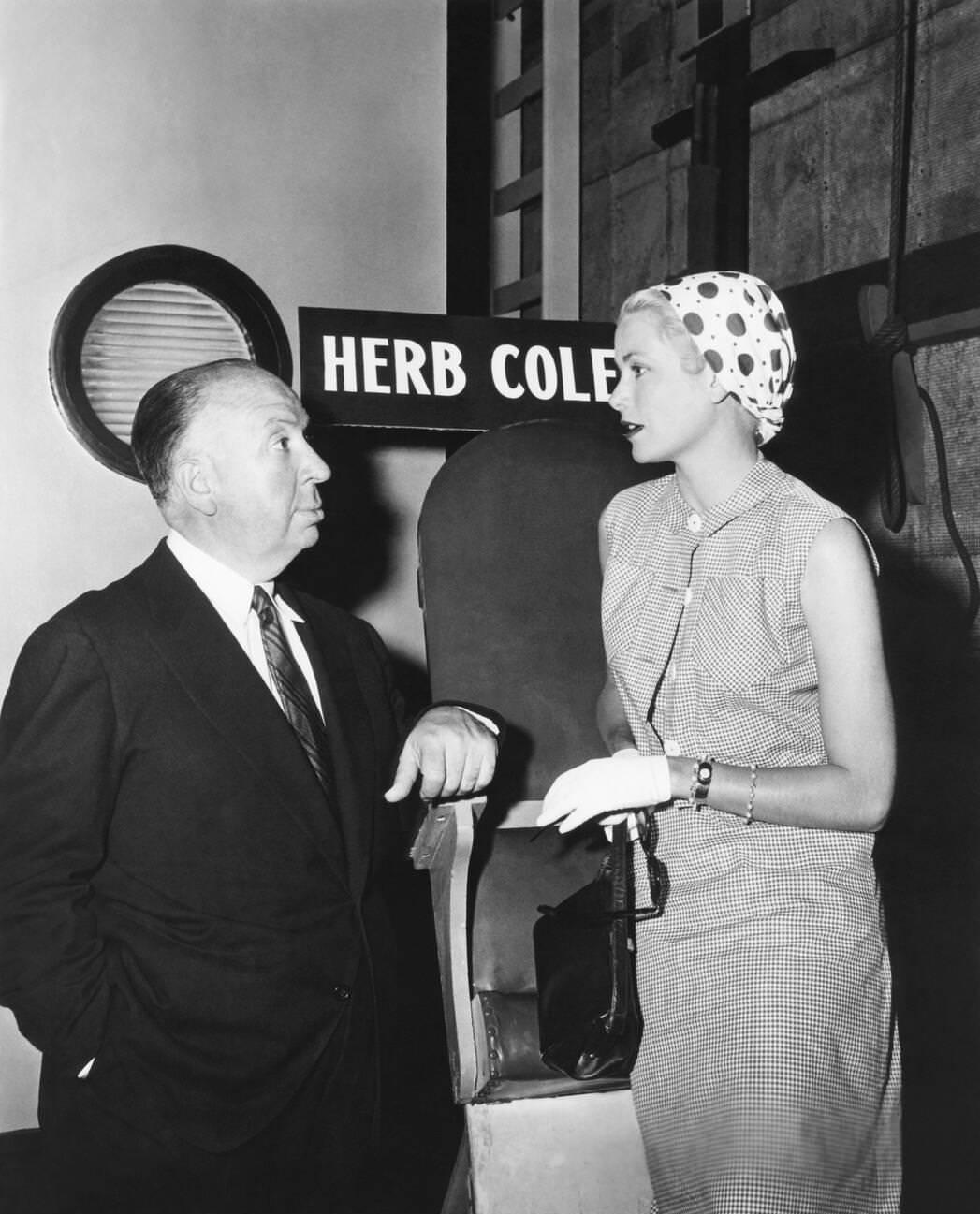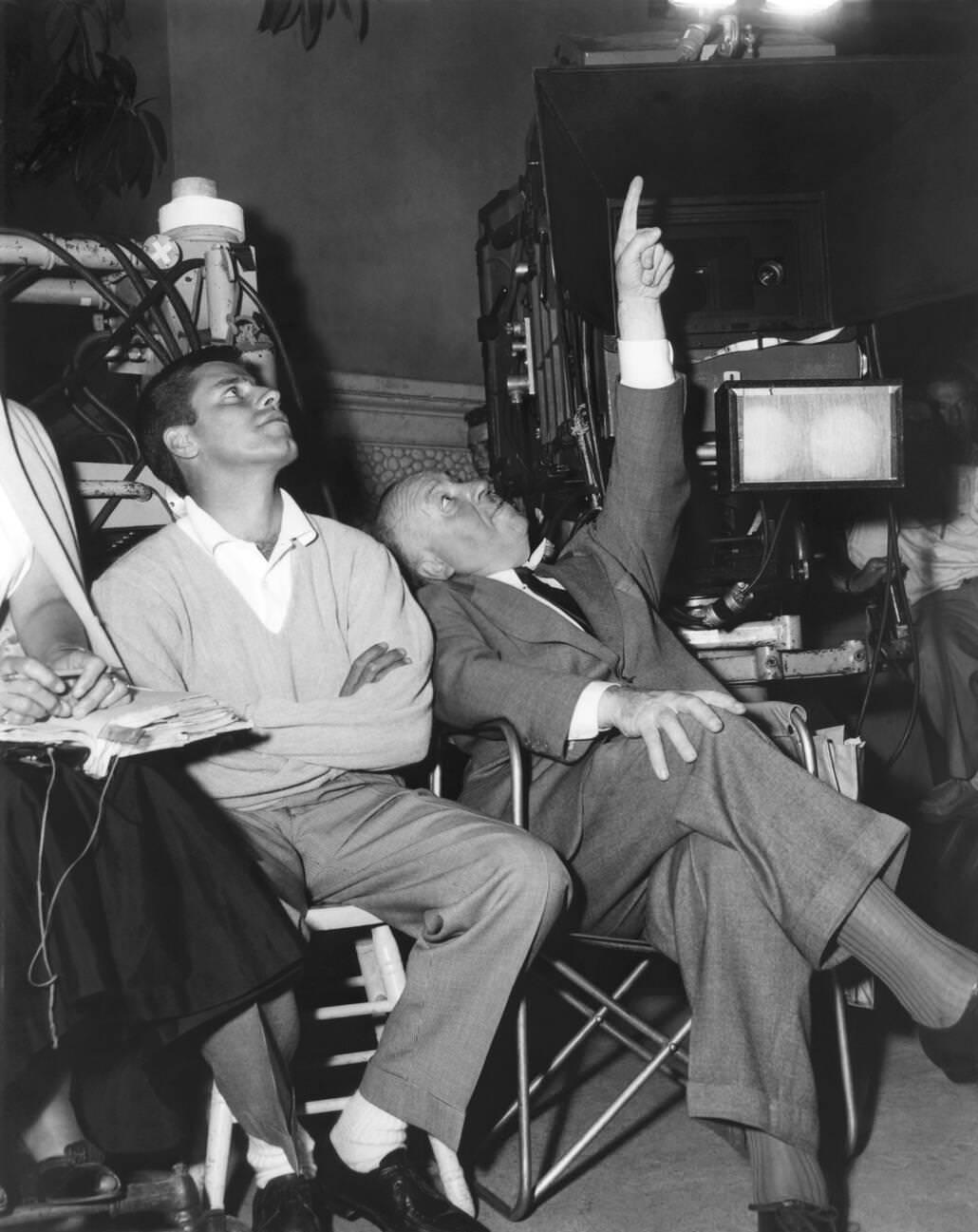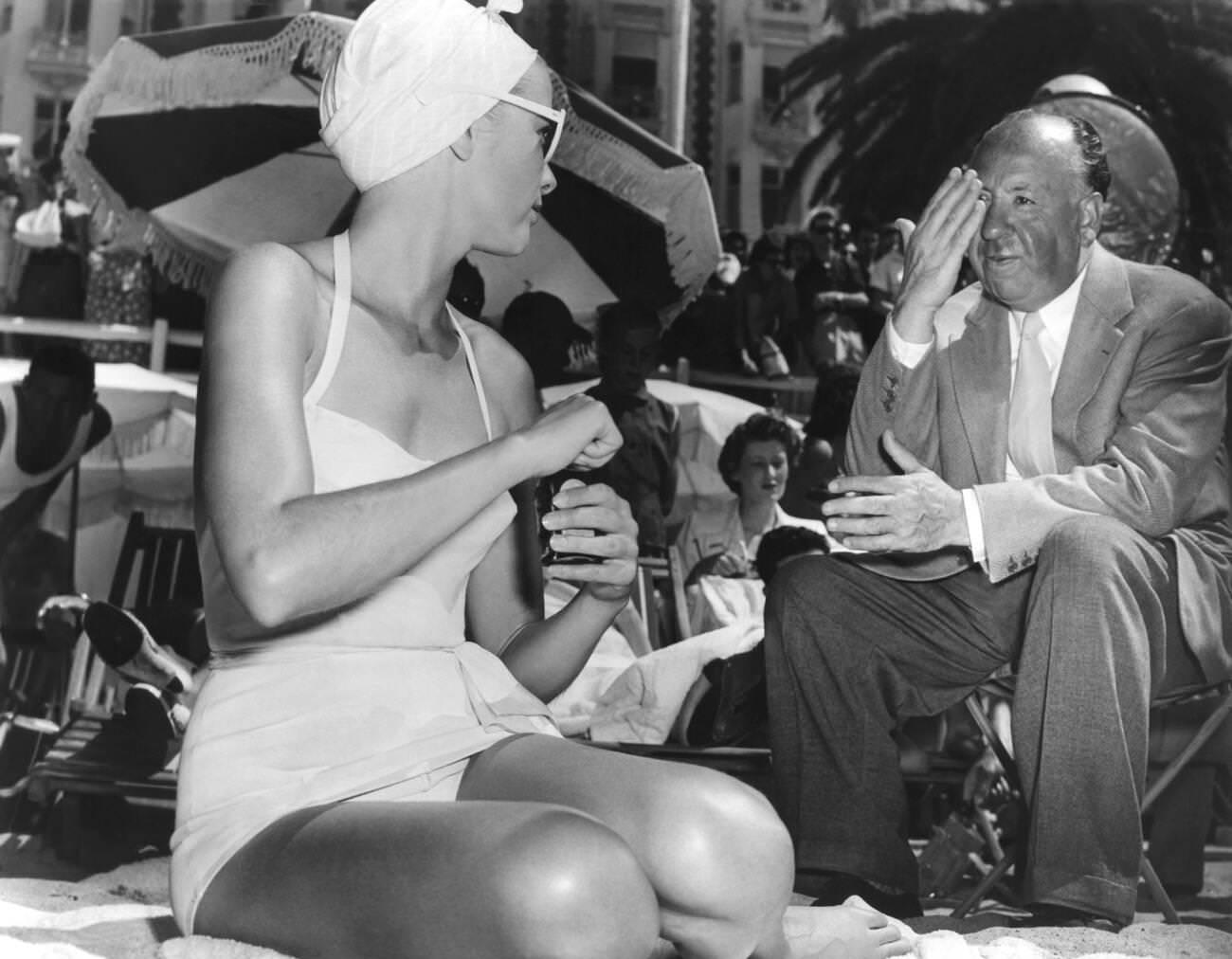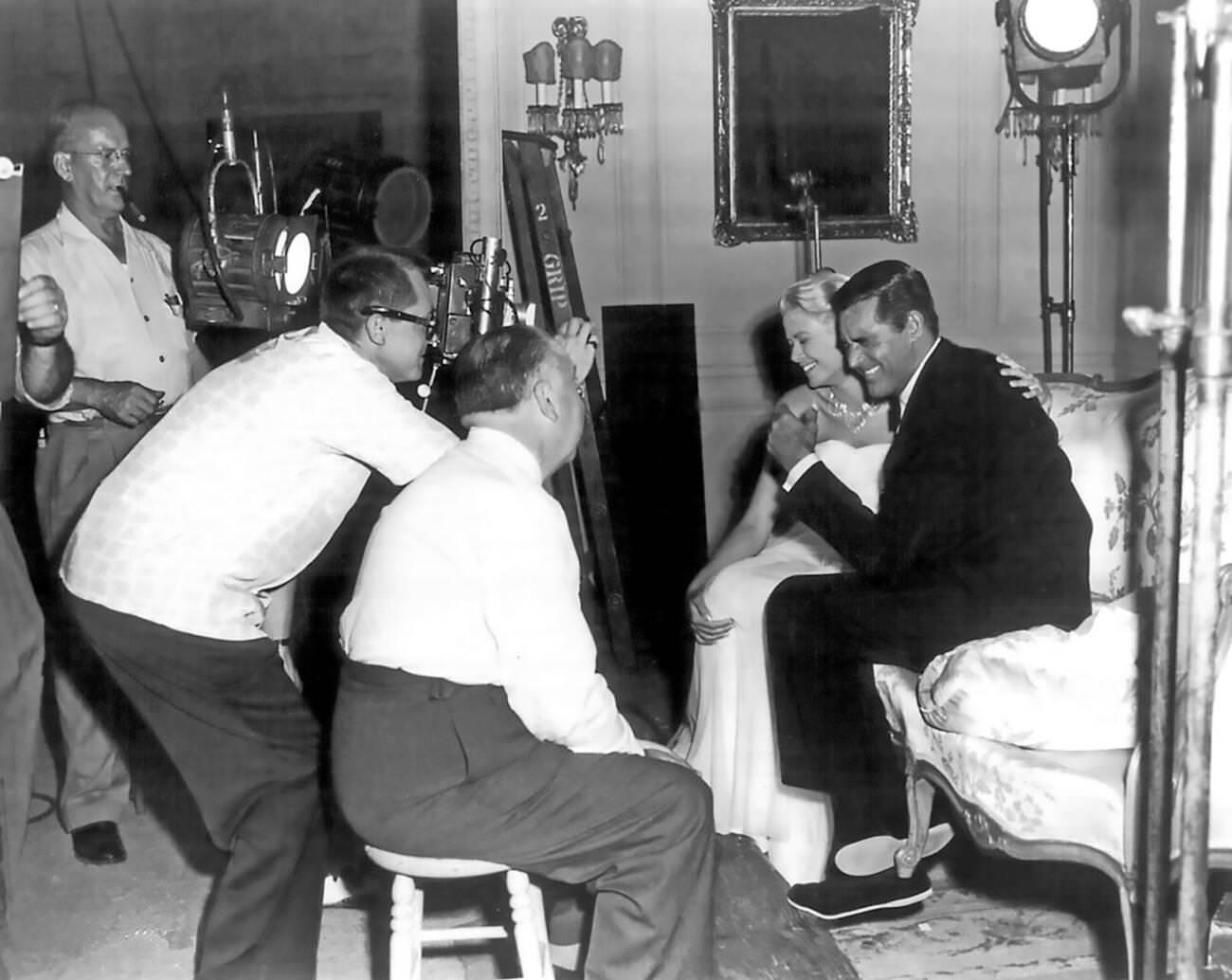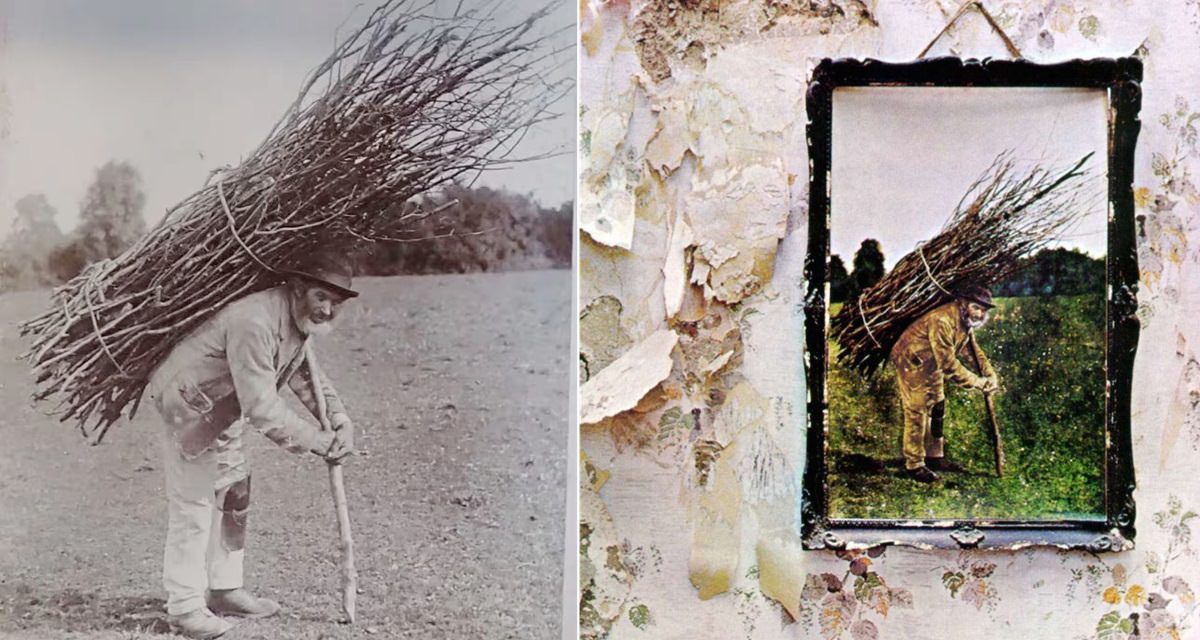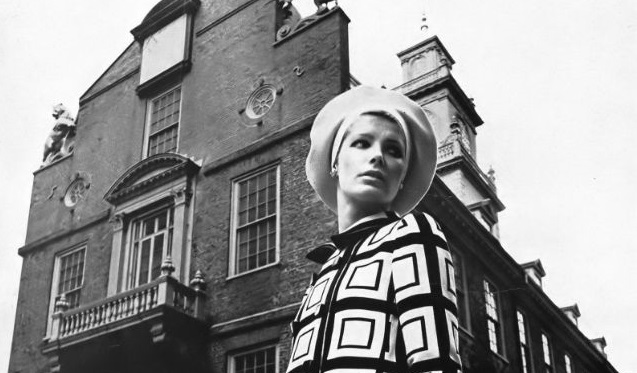To Catch a Thief, a 1955 film directed by Alfred Hitchcock, is a timeless classic known for its suspenseful plot, elegant style, and the glamorous pairing of Cary Grant and Grace Kelly.
The journey of “To Catch a Thief” began with the adaptation of the 1952 novel by David Dodge. Screenwriter John Michael Hayes was tasked with transforming this literary work into a screenplay that would suit Hitchcock’s directorial style. The adaptation process involved retaining the essence of the novel while infusing it with Hitchcock’s signature suspense and humor.
Casting the Lead Roles
Cary Grant, a long-time collaborator with Hitchcock, was chosen to play the lead role of John Robie, a reformed jewel thief. Grace Kelly, who had previously worked with Hitchcock in “Dial M for Murder” (1954), was cast as Frances Stevens, the film’s female protagonist. Their on-screen chemistry became one of the film’s most celebrated aspects.
Filming on Location
One of the most notable aspects of “To Catch a Thief” was its extensive use of location shooting, particularly in the French Riviera. This choice added authenticity to the film and showcased the region’s stunning scenery. The production faced challenges such as unpredictable weather and logistical difficulties in transporting equipment, but these were overcome to capture the Riviera’s beauty.
Technical Innovations and Cinematography
Robert Burks, the cinematographer, employed innovative techniques to enhance the visual appeal of the film. The use of VistaVision, a higher resolution widescreen variant of the 35mm format, was a significant technical aspect. This choice allowed for crisper, more vibrant images, making “To Catch a Thief” one of the early adopters of this advanced cinematographic technology.
The production of “To Catch a Thief” was not without its challenges. Aside from the weather and logistical issues, there were also language barriers and cultural differences to navigate while shooting in France. The team’s ability to adapt and work through these difficulties was crucial to the successful completion of the film.
Post-Production and Editing
After the completion of shooting, the film underwent a meticulous editing process. This stage was crucial in shaping the final narrative, ensuring the pacing was right, and the suspense was effectively conveyed. The editing process also involved the integration of Edith Head’s costume designs, which played a significant role in character development and the film’s visual style.


